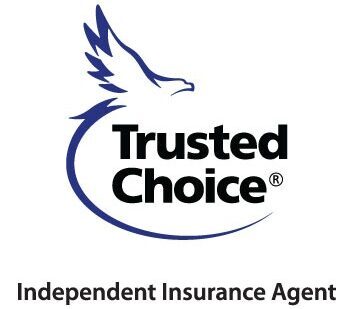
A Complete Guide to AOP Insurance and Deductibles — Prolines Insurance Agency
When reviewing your homeowners insurance policy, you may see terms like AOP deductible, wind/hail deductible, or named storm deductible. At Prolines Insurance Agency, we believe that understanding these terms is essential to avoid surprises when filing a claim.
What Does AOP Mean in Insurance?
AOP stands for “All Other Perils”. It refers to the types of damages covered by your policy that are not specifically listed under separate deductibles, such as wind/hail or named storm deductibles.
Typical covered perils under AOP may include:
- Fire damage
- Theft
- Vandalism
- Certain types of water damage (not flood)
📄 For an official definition, see the National Association of Insurance Commissioners (NAIC) — Understanding Your Insurance Policy.
What Is an AOP Deductible?
An AOP deductible is the amount you must pay out of your own pocket before your insurance provider covers the remaining cost of a claim for these “all other” perils.
For example:
If your home sustains $10,000 in covered fire damage and your AOP deductible is $1,500, you would pay $1,500 and your insurer would pay $8,500.
💡 Learn more about how deductibles work from the Consumer Financial Protection Bureau (CFPB) — Choosing an insurance policy.
How Is It Different From a Wind/Hail Deductible?
Unlike the fixed AOP deductible, a wind and hail deductible is usually calculated as a percentage of your home’s insured value.
For instance:
If your home is insured for $300,000 and you have a 2% wind/hail deductible, you would pay $6,000 before insurance kicks in.
Wind/hail deductibles apply to storm damage caused by:
- Hurricanes
- Tornadoes
- Severe thunderstorms
- Hailstorms
📄 FEMA provides official preparedness guidelines for severe weather at FEMA Severe Weather Safety.
Named Storm Deductible
A named storm deductible applies only to damages caused during storms officially named by the National Hurricane Center or other weather authorities. It is also usually a percentage of your insured value.
This means that the deductible will only apply if your home is damaged during such a named event.
🌊 You can read FEMA’s official guidance on hurricane insurance at FEMA Hurricane Resources.
Why Policies Have Multiple Deductibles
Having separate deductibles helps insurers manage risk effectively and allows policyholders to tailor coverage based on their location and risk exposure.
- AOP Deductible – For most non-weather-related claims (often a flat dollar amount).
- Wind/Hail Deductible – For storm-related wind or hail damage (percentage-based).
- Named Storm Deductible – For damage from officially named storms (percentage-based).
What Is All Other Perils (AOP) Coverage?
This coverage includes losses from perils not covered under specialized deductibles.
Examples:
- Fire
- Theft
- Explosion
- Falling objects
- Water damage from burst pipes (not from external flooding — flood insurance is separate)
📄 For more about covered perils, see NAIC — Homeowners Insurance Basics.
How Much Does Wind and Hail Insurance Cost?
The cost varies by state, insurer, home value, and risk zone.
According to the NAIC’s homeowners insurance data:
- National average annual premium (2022) for standard homeowners insurance: $1,311.
- States with high hurricane/tornado risk (like Florida, Texas, and Louisiana) have higher premiums, sometimes double the national average.
- Wind/hail coverage may be included in your main policy or may require an add-on.
(Source: NAIC 2022 Homeowners Insurance Report).
Choosing the Right Deductible
The right deductible for you depends on:
- How much can you afford to pay out of pocket in an emergency?
- Your property’s location and exposure to storms.
- Your premium budget.
General consideration: Higher deductibles often mean lower premiums, but higher out-of-pocket costs when you file a claim. Discuss these trade-offs with your insurance agent.


